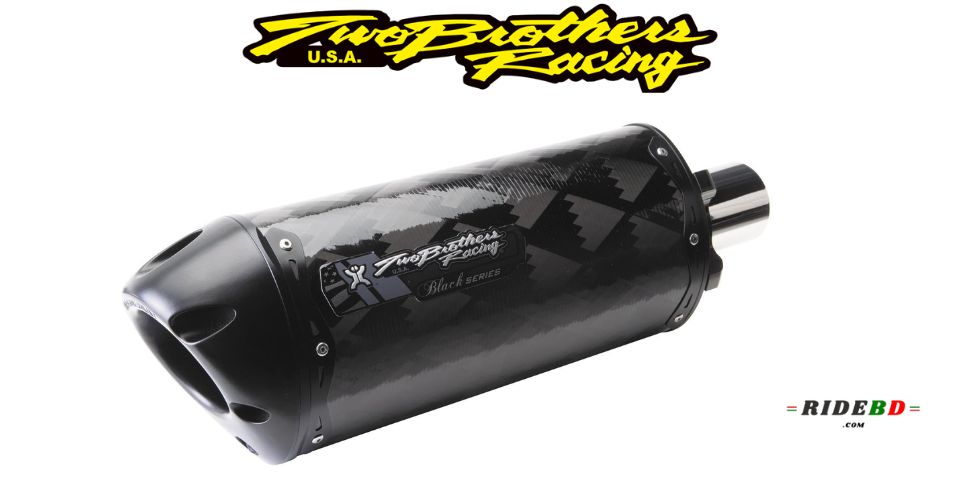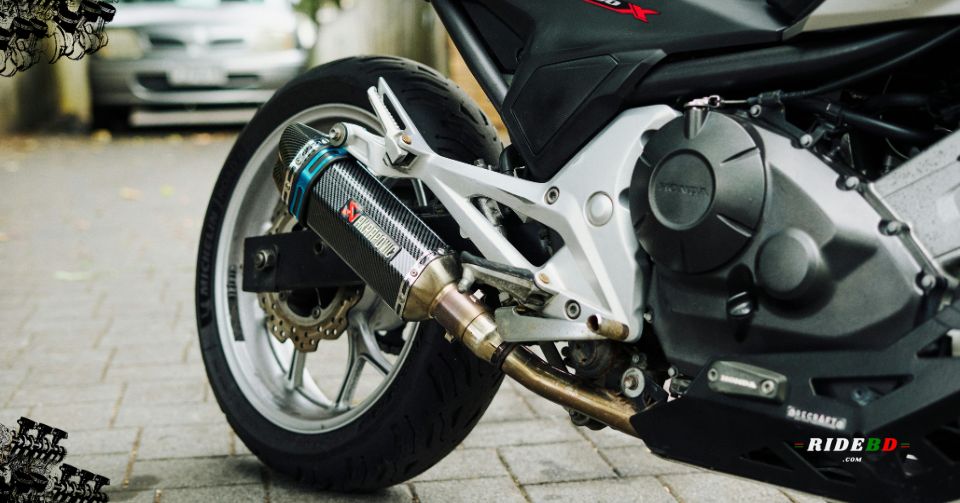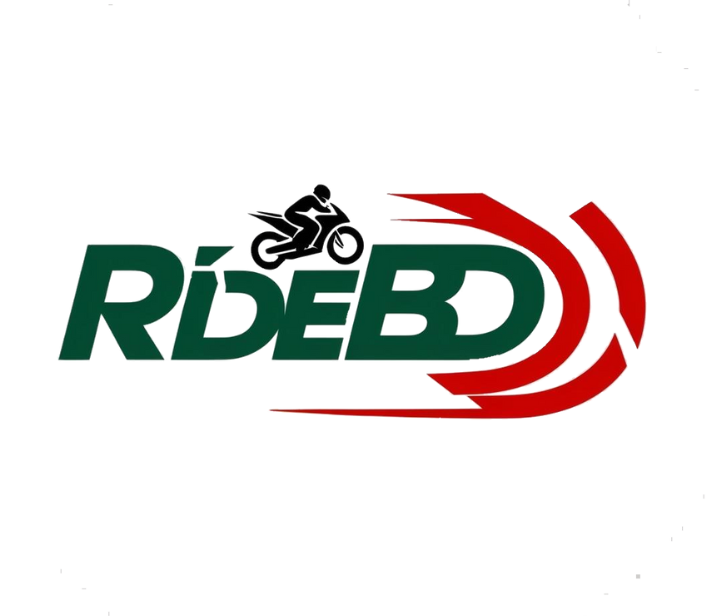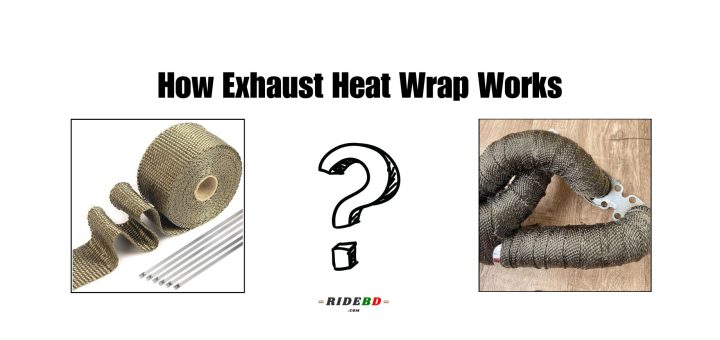
Motorcycle Exhaust Types and Installation Guide
Motorcycle exhausts are essential for performance and style. Understanding the types and installation can enhance your riding experience.
Choosing the right exhaust can seem daunting. There are various options, each with unique benefits. This guide will help you understand different motorcycle exhaust types. We’ll also provide a step-by-step installation guide. Whether you’re upgrading for better sound or performance, this blog will walk you through the basics.
So, let’s dive in and explore the world of motorcycle exhausts. Get ready to transform your ride!
Table of Contents:
Types Of Motorcycle Exhaust Systems
Motorcycle exhaust systems play a crucial role in performance and sound. Choosing the right exhaust can enhance your bike’s aesthetics and improve engine efficiency. There are various types of exhaust systems available, each with unique features and benefits.
Slip-on Exhausts
Slip-on exhausts are easy to install and cost-effective. They replace the stock muffler, allowing better airflow and a sportier sound. Riders prefer slip-on exhausts for their simplicity and performance boost.
These exhausts are ideal for those wanting a quick upgrade. They do not require extensive mechanical skills. Slip-on exhausts enhance the look and sound of your bike without significant modifications.

Full System Exhausts
Full system exhausts replace the entire exhaust system. This includes the headers, mid-pipes, and mufflers. They offer the best performance improvements by reducing weight and increasing power.
Installing a full system exhaust requires more effort and mechanical knowledge. These exhausts are perfect for riders seeking maximum performance gains. They can significantly alter the bike’s power delivery and sound.
Full system exhausts are often used in racing and high-performance bikes. They provide a noticeable difference in throttle response and acceleration. Although more expensive, the benefits justify the investment for serious riders.

Benefits Of Upgrading Exhaust Systems
Upgrading your motorcycle’s exhaust system offers many benefits. It can improve performance, sound, and aesthetics. Riders often seek these upgrades for a better experience. Let’s explore the key advantages in detail.
Increased Horsepower
A new exhaust system can boost your motorcycle’s horsepower. This happens because aftermarket exhausts often provide better airflow. Improved airflow allows your engine to work more efficiently. As a result, your bike feels more powerful and responsive.
Stock exhaust systems may limit performance. They are designed to meet regulatory standards. Upgraded systems, however, focus on performance. This makes them a popular choice among enthusiasts. You will notice the difference in acceleration and overall riding experience.
Enhanced Sound
Many riders upgrade their exhaust systems for better sound. The sound of a motorcycle is a big part of the riding experience. Aftermarket exhausts offer a deeper, more aggressive tone. This can make your bike sound more powerful.
Stock exhausts often have a muted sound. They are designed to be quieter to meet noise regulations. Upgraded exhausts, on the other hand, enhance the auditory experience. This makes riding more enjoyable and thrilling.
Choosing The Right Exhaust For Your Bike
Choosing the right exhaust for your motorcycle can improve performance and appearance. The right exhaust can make a big difference. It affects sound, power, and fuel efficiency. This guide will help you pick the best exhaust for your bike.
Compatibility Factors
First, check if the exhaust fits your bike model. Different bikes need different exhausts. Make sure the exhaust is designed for your bike’s make and model. Consider the engine type and size. Compatibility ensures the exhaust works well and installs easily.
Material Considerations
Exhausts come in various materials. Stainless steel is durable and rust-resistant. Titanium is lightweight and strong but costs more. Carbon fiber looks good and is very light but can be expensive. Choose a material that fits your needs and budget.
| Read More: Top Exhaust Brands for your Motorcycle |
Tools Needed For Exhaust Installation
Installing a new motorcycle exhaust can enhance your bike’s performance and sound. But, you need the right tools to do the job properly. Here, we will go over the basic hand tools and specialized equipment needed for a successful exhaust installation.
Basic Hand Tools
Basic hand tools are essential for any exhaust installation. These tools are easily available and you might already have them in your garage. Here’s a list:
- Socket Set – A variety of socket sizes will help you remove and install bolts.
- Wrenches – Adjustable wrenches can handle different bolt sizes.
- Screwdrivers – Both flathead and Phillips types are useful.
- Pliers – Needle-nose pliers are great for tight spaces.
- Torque Wrench – Ensures bolts are tightened to the correct specification.
- Allen Keys – These are often needed for various bolts on the bike.
Having these tools ready will make your installation smoother and faster.
Specialized Equipment
While basic tools are important, specialized equipment can make the job easier and more precise. Consider investing in the following:
| Tool | Purpose |
| Exhaust Spring Puller | Helps in removing and installing exhaust springs easily. |
| Heat Gun | Useful for loosening tight fittings or heating up joints. |
| Gasket Scraper | Removes old gasket material from the exhaust flange. |
| Exhaust Hanger Tool | Makes hanging the exhaust easier and safer. |
| Anti-seize Compound | Prevents bolts from seizing due to heat. |
Using these specialized tools can save you time and effort. They ensure that the installation is done correctly and safely.
Step-by-step Exhaust Installation Guide
Installing a new exhaust system on your motorcycle can significantly improve its performance and sound. Whether you’re upgrading for better power or a unique exhaust note, this guide will take you through the process. Follow these steps for a smooth and efficient installation.
Removing The Old Exhaust
Begin by ensuring your motorcycle is on a stable surface. Use a motorcycle stand if available. Allow the bike to cool down completely to avoid burns.
- Locate the Exhaust Bolts: Find the bolts securing the exhaust to the engine and the frame. You might need a wrench set for this.
- Loosen the Bolts: Carefully loosen the bolts and brackets holding the exhaust. Keep track of any washers or spacers.
- Detach the Exhaust: Gently wiggle the exhaust system to detach it from the bike. Be mindful of the sensor wires if your bike has a catalytic converter.
Installing The New Exhaust
With the old exhaust removed, it’s time to fit the new system. Follow these steps for installation:
- Prepare the New Exhaust: Check the new exhaust for any damages. Ensure all parts are included.
- Attach the Exhaust: Fit the new exhaust to the bike. Align it with the mounting points on the frame and engine.
- Tighten the Bolts: Use the wrench set to secure the exhaust bolts. Ensure the exhaust is firmly attached.
- Check for Leaks: Start the motorcycle and listen for any unusual sounds. Check for any exhaust leaks around the connections.
Installing a new exhaust can enhance your motorcycle’s performance and sound. Follow these steps for a seamless installation process.

Common Installation Mistakes To Avoid
When installing a motorcycle exhaust, it’s crucial to avoid common mistakes. These errors can lead to performance issues and potential damage. Let’s explore some of the most frequent mistakes riders make and how to avoid them.
Improper Fitting
One of the most common mistakes is improper fitting. This happens when the exhaust system is not aligned correctly. Misalignment can cause leaks and reduce performance.
- Ensure that all parts fit snugly.
- Check the alignment before tightening bolts.
- Use the correct tools for installation.
Double-checking the fit can save a lot of trouble. Proper fitting ensures better performance and longevity of the exhaust system.
Ignoring Torque Specifications
Ignoring torque specifications is another frequent error. Every bolt has a recommended torque setting. Ignoring these can lead to under-tightening or over-tightening.
- Refer to the manufacturer’s manual for torque specs.
- Use a torque wrench for accuracy.
- Double-check each bolt’s tightness.
Using the correct torque ensures the exhaust is secure. It also prevents damage to the exhaust and the motorcycle frame.
| Common Mistakes | Solution |
| Improper Fitting | Ensure all parts fit snugly and are aligned. |
| Ignoring Torque Specifications | Use a torque wrench and refer to the manual. |
Avoiding these common mistakes can make the installation process smoother. It also ensures your motorcycle performs at its best. Proper fitting and correct torque are key to a successful installation.
Post-installation Tips
Congratulations! You’ve successfully installed your new motorcycle exhaust. But the job isn’t over yet. The post-installation phase is crucial for ensuring everything works properly. Follow these tips to make sure your new exhaust performs as expected.
Checking For Leaks
After installing your exhaust, checking for leaks is essential. Leaks can affect performance and sound.
- First, start your motorcycle and let it idle.
- Next, listen for any unusual noises or hissing sounds.
- If you hear any, locate the source of the leak.
- Use a soapy water solution to spray around the joints and connections.
- Look for bubbles that indicate a leak.
If you find a leak, tighten the connections. If the problem persists, you might need to re-install certain parts.
Test Riding Your Motorcycle
Before hitting the road, a test ride is important. It ensures that everything is functioning correctly.
- Start with a short ride around your block.
- Pay attention to any unusual sounds or vibrations.
- Check the performance of your motorcycle. Does it feel smooth?
- Ensure the exhaust is secure and not moving.
Finally, after the test ride, inspect the exhaust again. Check for any loose bolts or new leaks. Making these checks ensures a safe and enjoyable riding experience.
Maintaining Your New Exhaust System
Your new motorcycle exhaust system needs regular care. Proper maintenance ensures long life and top performance. This guide will help you keep your exhaust in excellent condition.
Regular Cleaning
Cleaning your exhaust is crucial. Dirt and grime can cause damage over time. Follow these steps for regular cleaning:
- Let the exhaust cool down completely.
- Use a soft cloth to wipe off loose dirt.
- Mix mild soap with water in a bucket.
- Dip a sponge in the soapy water and clean the exhaust.
- Rinse with clean water and dry with a soft cloth.
Regular cleaning prevents build-up and keeps the exhaust looking new. It also reduces the risk of corrosion.
Periodic Inspections
Periodic inspections help identify issues early. Check your exhaust system every few months. Look for these common problems:
- Rust or corrosion
- Loose bolts or brackets
- Cracks or leaks in the pipes
Use a flashlight to inspect hard-to-see areas. Tighten any loose parts and replace damaged components promptly. Early detection saves you from costly repairs.
In summary, regular cleaning and periodic inspections are key. They ensure your exhaust system remains efficient and durable.
Frequently Asked Questions
What Are The Types Of Motorcycle Exhausts?
Motorcycle exhausts come in various types, including slip-on, full system, and high-performance. Each type offers unique benefits. Slip-on exhausts are easy to install. Full systems replace the entire exhaust. High-performance exhausts enhance power and sound.
How Do You Install A Slip-on Exhaust?
To install a slip-on exhaust, first, remove the old muffler. Next, fit the new slip-on exhaust in its place. Tighten the clamps securely. Ensure there are no leaks. Finally, start the motorcycle to check the installation.
Why Upgrade To A Full System Exhaust?
Upgrading to a full system exhaust improves performance. It replaces the entire exhaust system. This increases horsepower and torque. It also enhances the motorcycle’s sound and appearance. It’s ideal for riders seeking better performance.
What Tools Are Needed For Exhaust Installation?
Basic tools are needed for exhaust installation. These include wrenches, screwdrivers, and pliers. A torque wrench is also useful. Ensure you have the correct tools before starting. This makes the installation process easier and quicker.
Conclusion
Choosing the right motorcycle exhaust enhances performance and sound. Follow our installation guide carefully. Always prioritize safety. Use quality tools and consult your bike’s manual. With the right exhaust, enjoy a better riding experience. Thanks for reading and happy riding!


